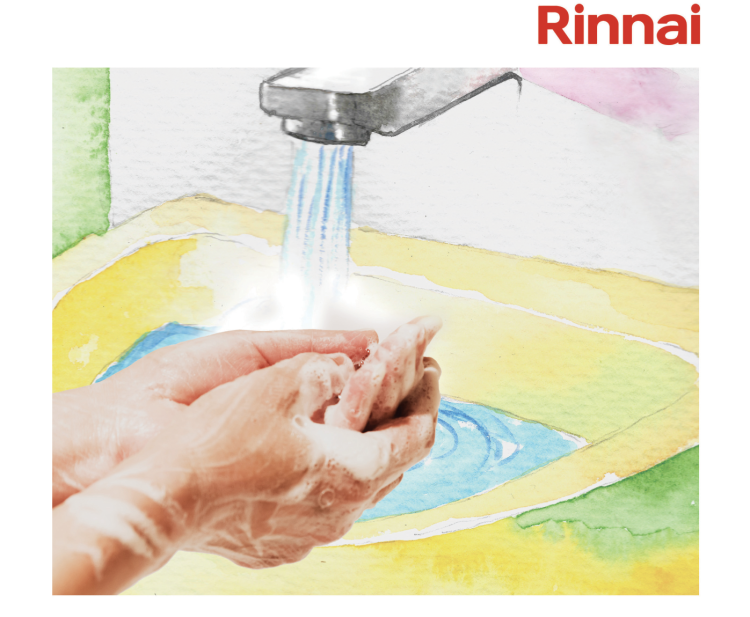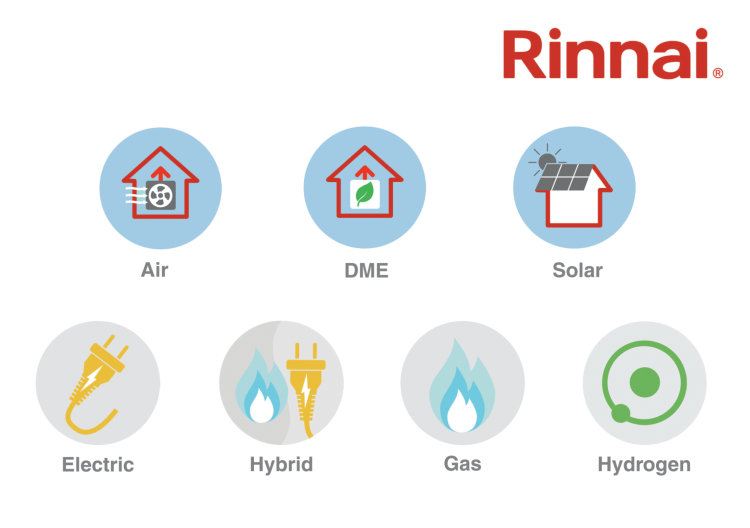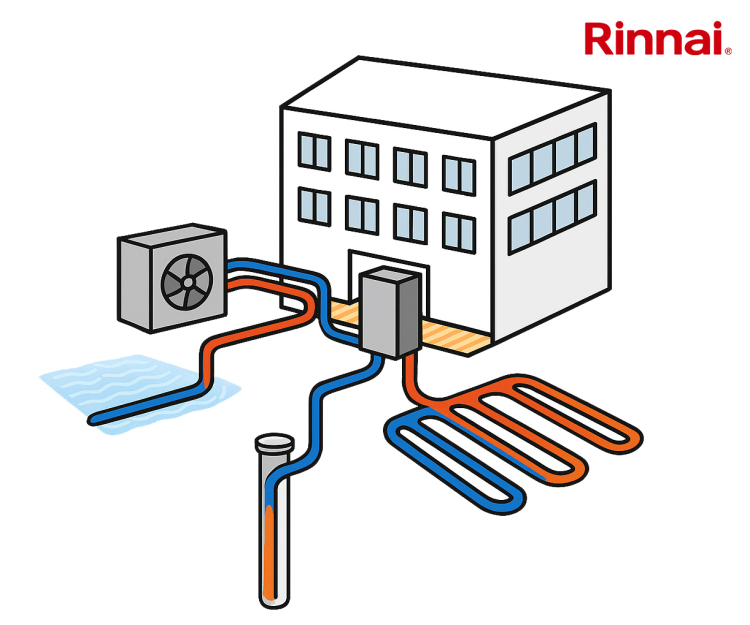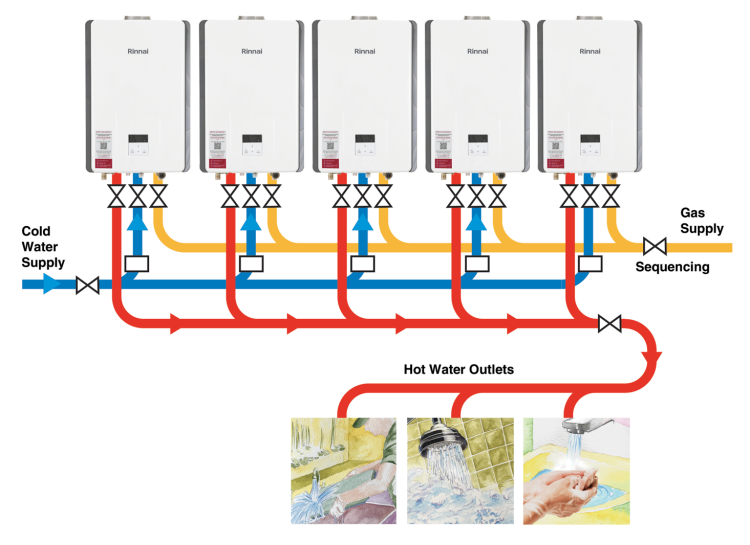23 October 2020 | Updated 29 October 2020
Find out how to make sure your building’s water system is compliant with the new British standard BS 8680:2020.
Every water system will require regular management and maintenance to provide a safe supply and protect the health and safety of those using them.
SOCOTEC’s Water team explores how you can ensure the safety of your building’s water systems through the implementation of a Water Safety Plan.
What are the Risks to Water Safety in my Building and how can These be Prevented?
If a building is poorly managed, it is highly likely to have a detrimental impact on the safety of its water system. However, even if the building is consistently maintained to a high standard, we cannot assume that there is no bacterial contamination present that could affect the safety of the water supply.
There are a whole host of issues that can arise as a result of poor water system management and maintenance. Lack of water usage during the COVID-19 lockdown from people working from home or being on furlough has led to bacterial issues in water systems up and down the country. When water is left to stagnate, Legionella bacteria can thrive, causing issues that can be very hard to manage and solve. This can cause significant contamination and heighten the risk of Legionnaires’ disease, particularly in hot and cold water systems, hot tubs, cooling towers and vehicle washes.
There must be a good level of management control in place when dealing with Legionella, which is a clear requirement in the Approved Code of Practice and Guidance L8. The HSE regularly states that there has never been a case of Legionnaires’ disease in a well-managed system, and in the experience of SOCOTEC’s Water Hygiene team, this is very much the case.
To help ensure effective management, it is now becoming commonplace for buildings to have a Water Safety Group in place to write and implement a Water Safety Plan that manages the risks associated with water, including those from Legionella bacteria.
What Does the new BS 8680 Standard Entail?
To effectively control and prevent risks to water safety, those who operate a building’s water systems must have adequate Water Safety Plans in place to protect all users. “BS 8680: 2020 Water Quality, Water Safety Plans, Code of Practice” was published in May 2020 and is the first-ever British Standard to provide recommendations and guidelines on water safety planning.
Written in line with existing WHO guidance, it integrates areas of UK legislation and regulations concerning water safety and encompasses all types of buildings containing water systems that pose a level of risk to health and safety.
The intended users of the document include but are not limited to:
- Those responsible for water safety planning and management.
- Duty holders.
- Appointed responsible persons.
- Water Safety Groups.
- Those responsible for design, planning, construction, maintenance, risk assessing, consultancy and water treatment.
While complying with BS 8680, those responsible for maintaining water systems should also continue to adhere to the legislation and guidance outlined in ACoP (L8), HTM04-01, COSHH 2002 and other relevant guidelines surrounding water safety.
What is a Water Safety Plan?
According to the BS 8680 standard, it is recommended that Water Safety Plans should be put in place for all types of sites and buildings. This is considered as the most effective way of consistently ensuring that the water services present are safe and meet with regulatory health and safety standards.
Taking a risk management-based approach, a Water Safety Plan covers all stages of a building’s lifecycle and can be applied to all types of premises with water systems that pose a level of risk, either from the water itself or via aerosols. A Water Safety Plan can also be applied retrospectively to control the contamination and infection risks from all types of water use.
When implementing a Water Safety Plan, adhere to the following steps:
- Assess the safety of water systems to determine whether the water delivered is of a sufficient quality
- Monitor control measures regarding water safety
- Implement a management plan with a Water Safety Group in place for stakeholders to oversee management of the risks
Once the Water Safety Plan is in place, evaluations of the control measures and management plan should be carried out on a regular basis.
What is a Water Safety Group?
As part of the Water Safety Plan, a chain of responsibility must be put in place for each step of the process to ensure that water systems are effectively maintained and all risks are controlled, with a number of suitable persons required to make up the Water Safety Group. The purpose of this multi-disciplinary group is to ensure that a holistic approach to water safety is in place that spans across all types of systems and equipment that use or contain water.
Water Safety Groups can include anyone who is involved in ensuring that the building’s water is safe and fit for purpose, such as duty holders, responsible persons, landlords and water consultants. In a healthcare environment, this will include microbiologists and those responsible for infection control. Some of these individuals will have permanent involvement, while others will support on a more temporary basis.
To ensure that the parties within the Water Safety Group collaborate in an efficient and productive manner on new builds, BSRIA has also implemented the Soft Landings Framework. This approach will assist project teams, clients and building owners in the development of a Water Safety Plan, helping them to identify suitable individuals and work together closely to ensure a consistent, effective approach to water safety.
Picture: a photograph showing water droplets
Article written by Ella Tansley | Published 23 October 2020
Share
Related Articles
Legionella Risk Monitoring AI Sensor Solution Attracts New Investment
A company that produces sensor devices to monitor the flow and temperature of any liquid has attracted new investment of £870,000.
InferSens, which monitors the...
Read Full Article
Global Warming Could Fuel Legionnaires’ Disease Cases
Britain is facing a huge increase in Legionnaires’ disease fuelled by climate change, two water hygiene experts have warned.
Water hygiene engineer Joe Finn and...
Read Full Article
Prisoner Death at HMP Lincoln Due to Legionella
UK contractor Amey Community Limited has been fined £600,000 after failing to manage legionella bacteria in the water systems at HMP Lincoln.
A 71-year old...
Read Full Article
Spotlight Interview – Richard Braid | Cistermiser
Richard Braid is the Managing Director of Cistermiser, a UK manufacturer of water and energy-saving management solutions for commercial and public sector...
Read Full Article
‘No One Harmed’ After Legionella Discovery on Bibby Stockholm Barge
Health Secretary Steve Barclay has told the BBC’s Today programme that "no one has been harmed" after the presence of Legionella bacteria was...
Read Full Article
West Bromwich Manufacturer Fined After Legionnaires’ Outbreak
A judge has fined a plastics manufacturing company in West Bromwich for failing to manage the risk of Legionella in its water cooling towers.
Riaar Plastics Limited...
Read Full Article
SOCOTEC UK Secures Three New Asbestos Management Contracts
SOCOTEC UK’s asbestos team has secured three major contracts with three of the UK’s largest supermarket and retail chains.
These contracts, worth over...
Read Full Article
Planet Mark Launches Free Sustainability Toolkits
Planet Mark, the sustainability certification, has created a series of free toolkits to help any size of business start on their sustainability...
Read Full Article
Is the Hosepipe Ban Missing a Major Culprit?
Large areas of the UK are facing hosepipe bans, but with pipe leaks responsible for over 3 billion litres of water being lost every day, is the commercial property sector...
Read Full Article
The World’s Largest Water Station Hydrates 290,000 Golf Fans
A mega-sized water station with the capacity to purify and dispense over 6,000 litres of water was used at The 150th Open in St Andrews.
Created by Bluewater, a...
Read Full Article

.gif)
.gif)

.gif)




.png)



.png)




